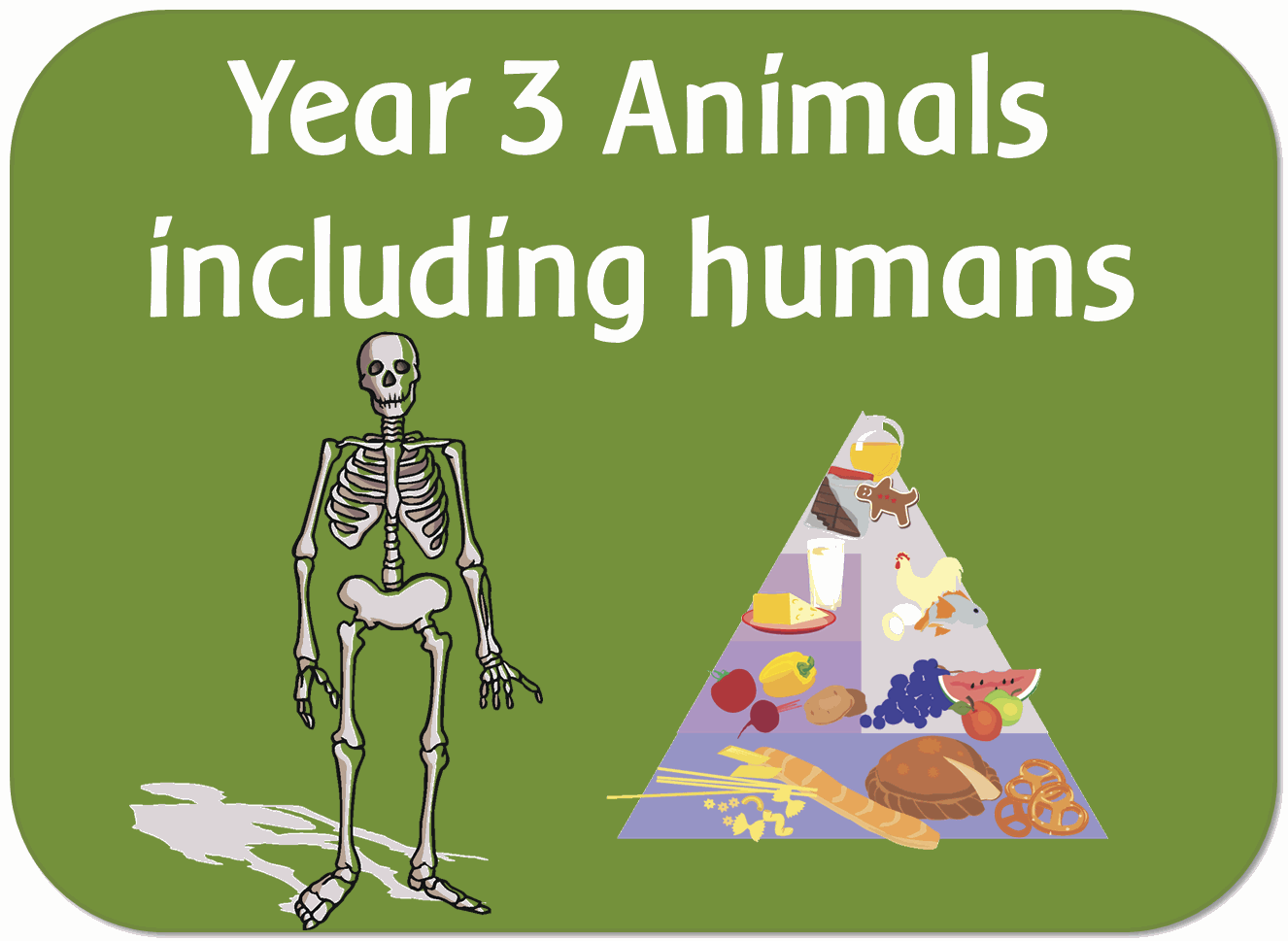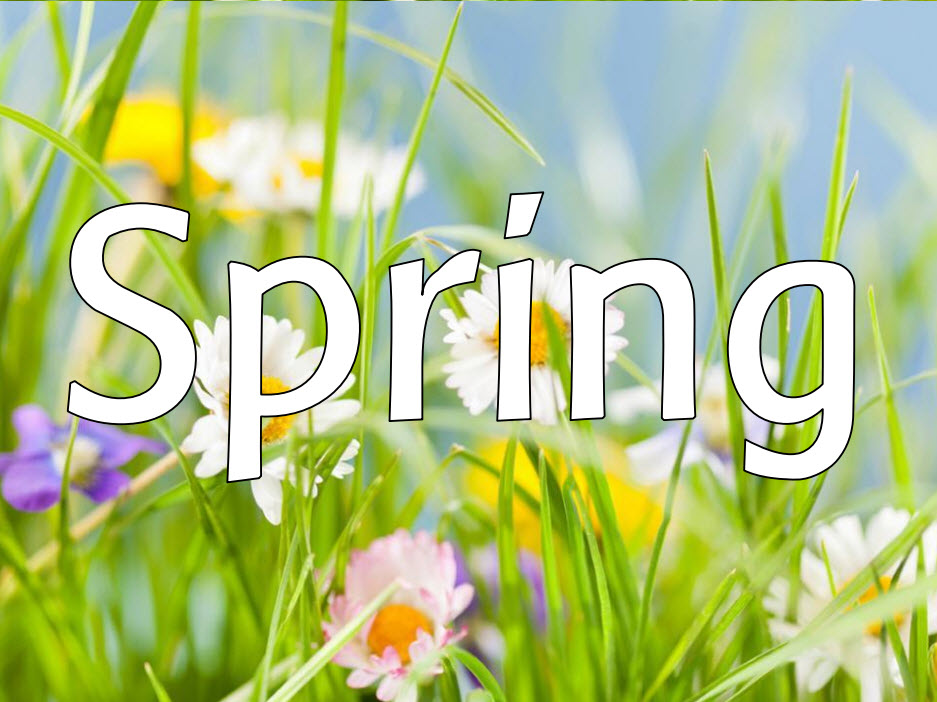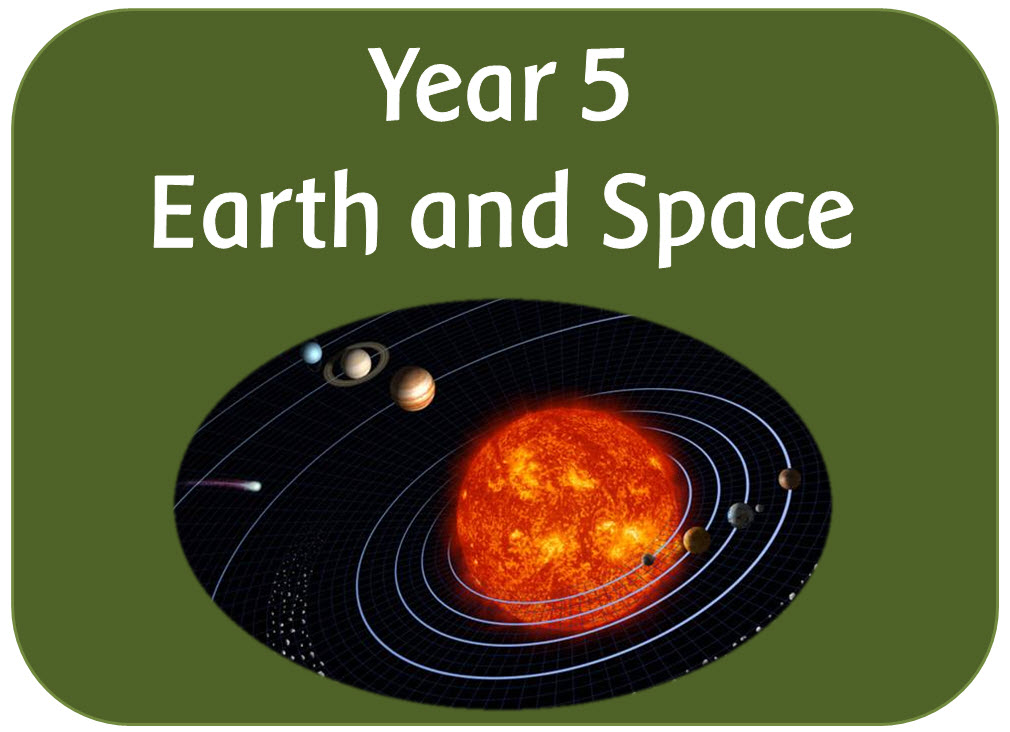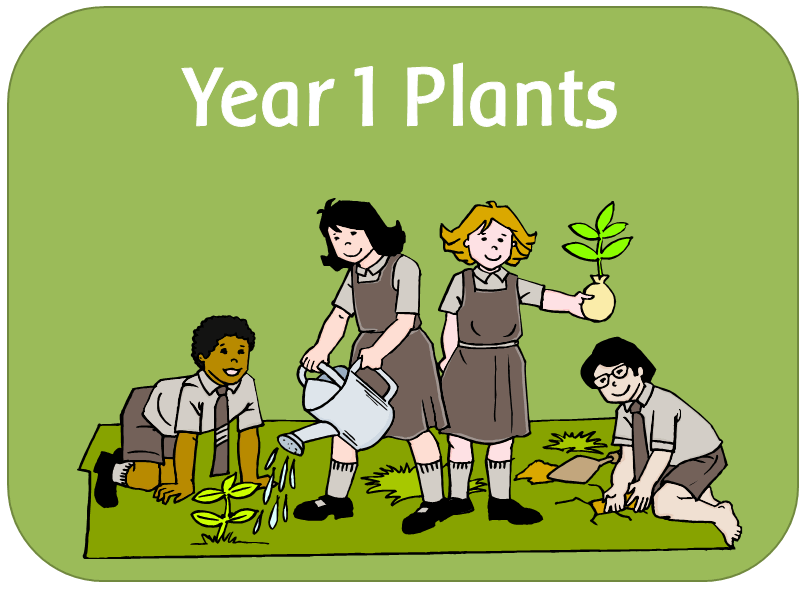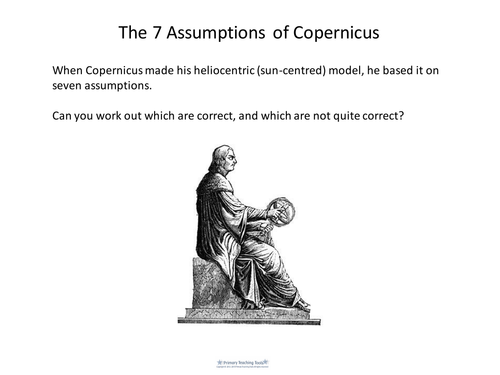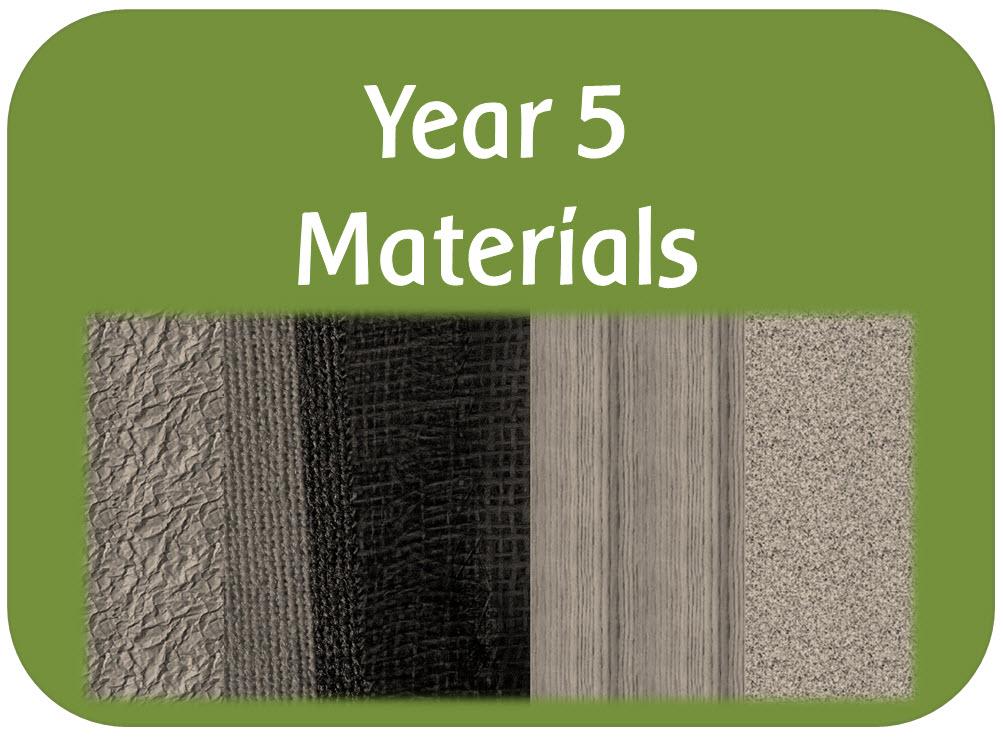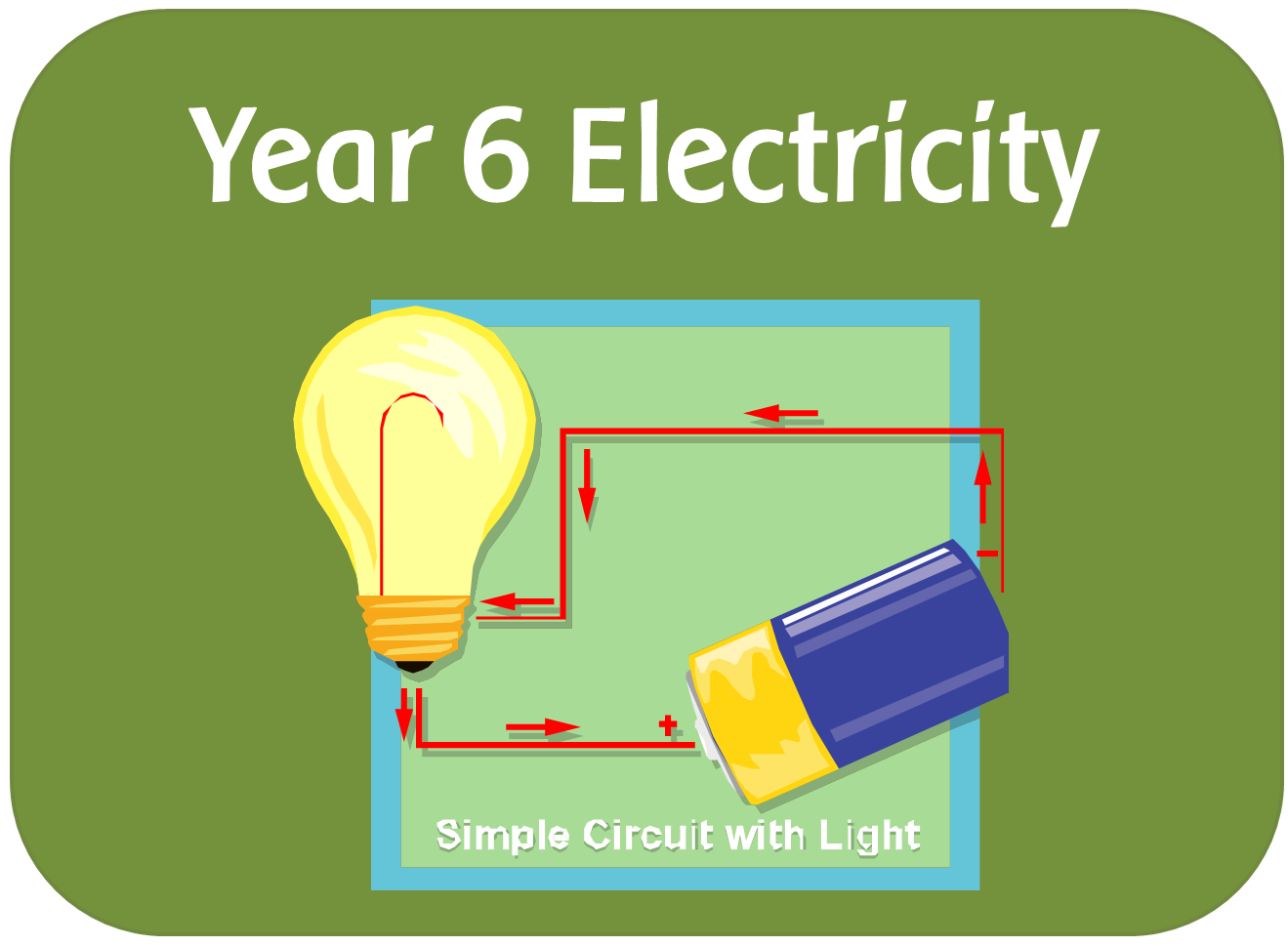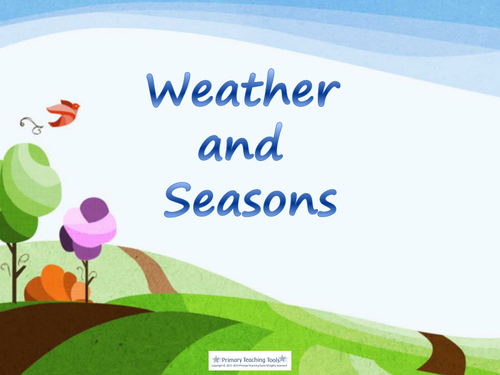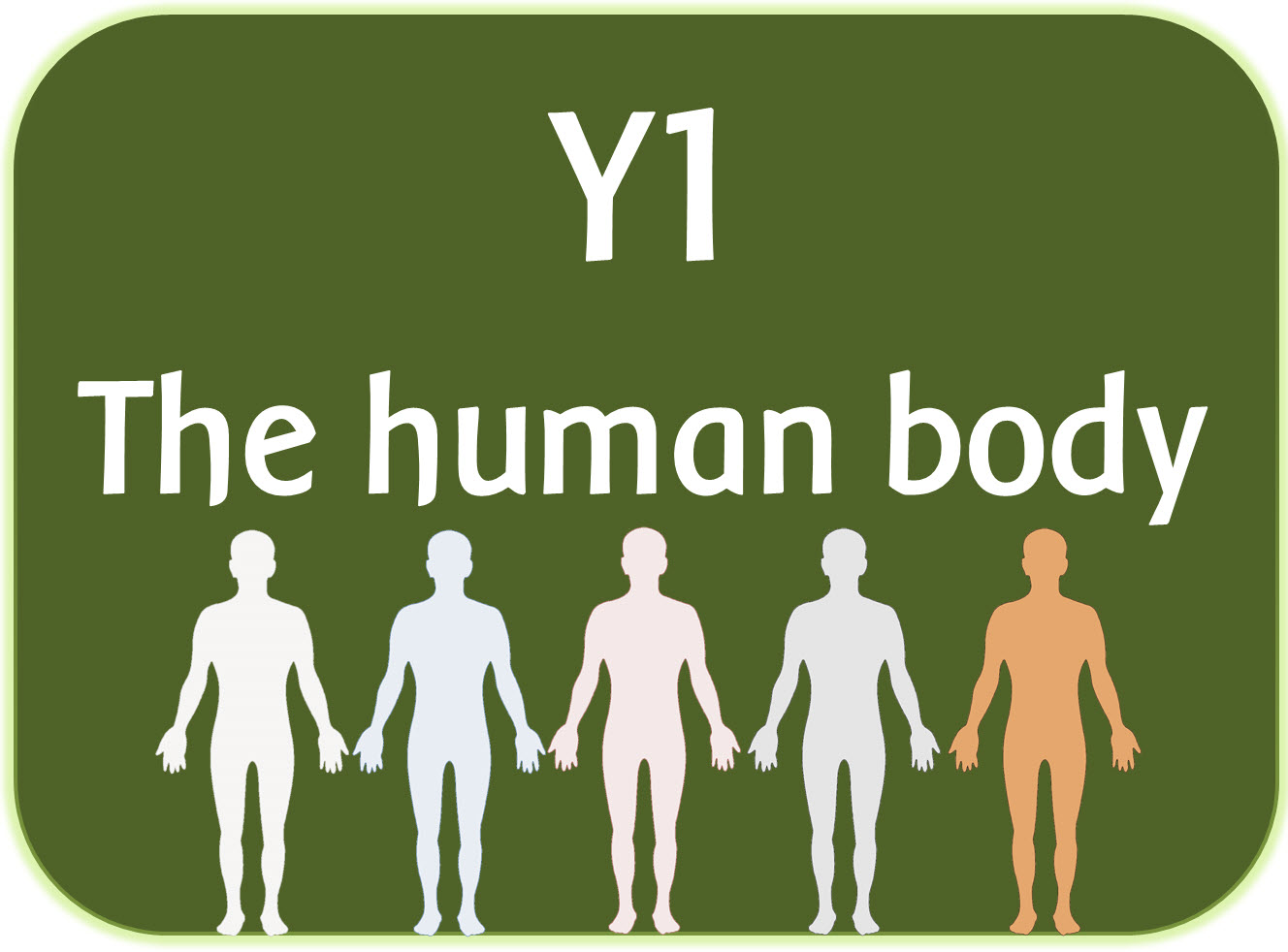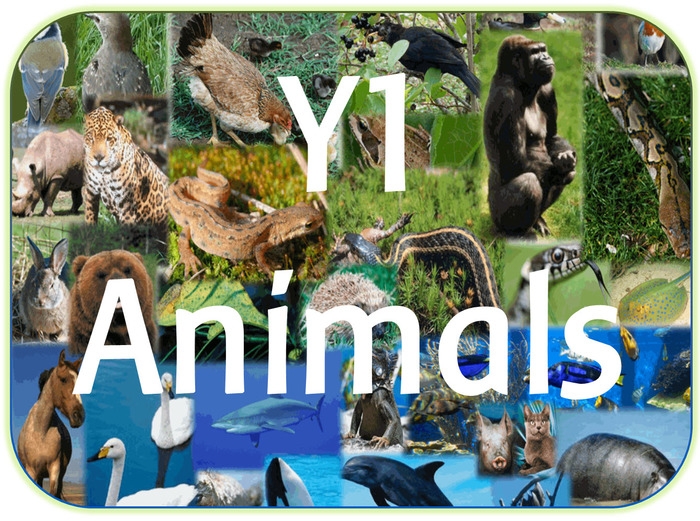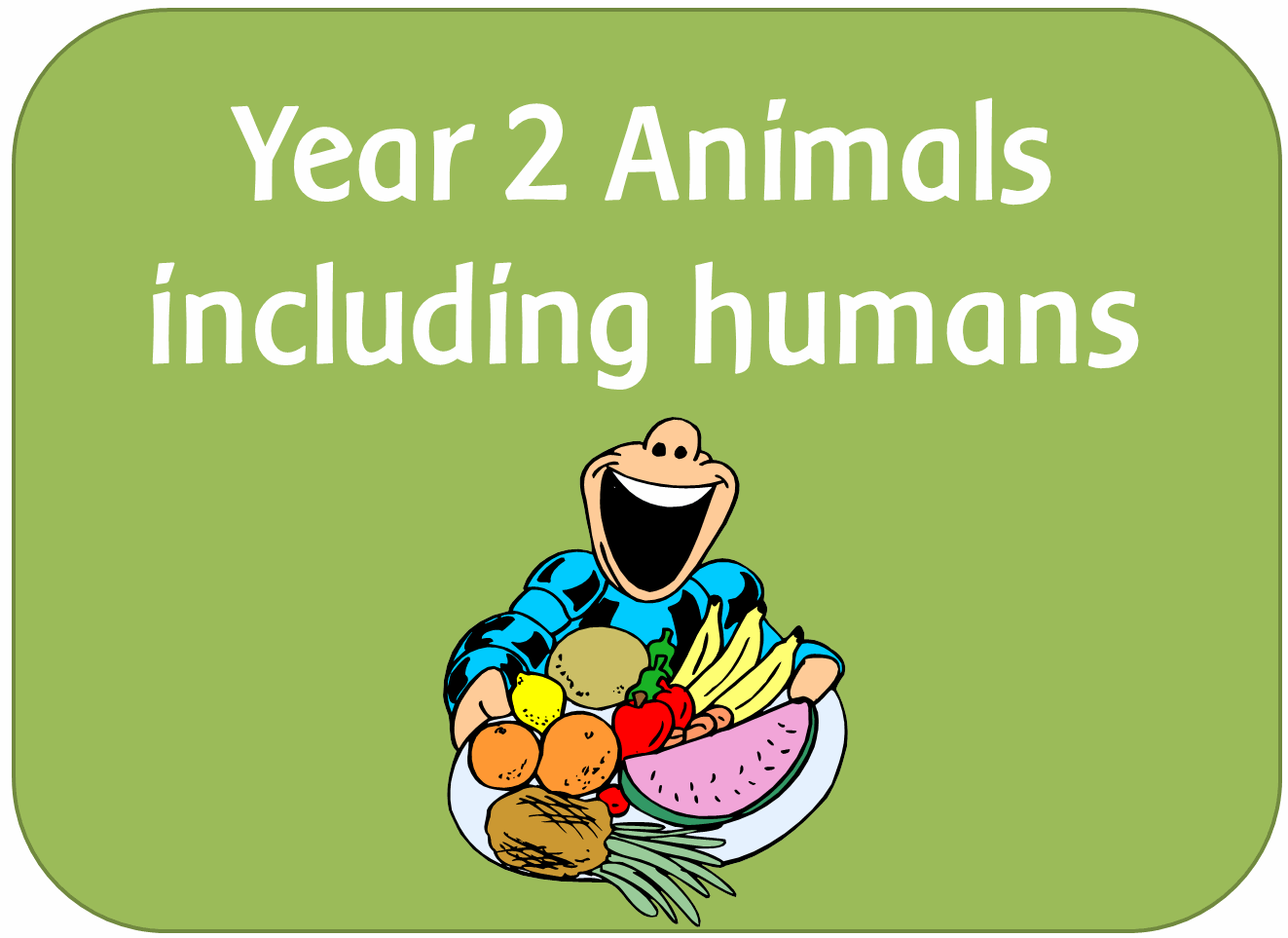
404Uploads
1072k+Views
683k+Downloads
Primary science

Year 3 science - Animals including humans worksheets, powerpoints, planning and display
A set of resources looking at how animals need the right types and amount of nutrition; and how humans and some other animals have skeletons and muscles for support, protection and movement.

Year 5 science - Forces - powerpoints, worksheets, planning & investigation sheets
A set of resources for the new science curriculum, looking at different aspects of forces such as air resistance, water resistance, friction, gravity and mechanisms. It contains:
1. INTRODUCTION TO THE TOPIC - LO: To find out what the children already know about forces
POWERPOINT: A recap of previous learning from Year 3.
WORKSHEET: A sheet for the children to record what they already know about forces.
2. FALLING TO EARTH - LO: Explain that unsupported objects fall towards the Earth because of the force of gravity acting between the Earth and the falling object
POWERPOINT: A look at gravity and explanations of weight, newtons, and how forces can balance objects to keep them from falling.
WORKSHEET 1: Force meter recording sheet
WORKSHEET 2: Falling objects and gravity recording sheet
3. FRICTION - LO: Identify the effects of friction that act between moving surfaces
POWERPOINT: Explains what friction is, when it happens and how useful it can be in daily life.
WORKSHEET: Friction recording sheet
4. WATER RESISTANCE - LO: Identify the effects of water resistance that act between moving surfaces
POWERPOINT: Explains what water resistance is and what effects it can have. Looks at different shapes and how high or low the water resistance would be for each.
WORKSHEET: Water resistance recording sheet
5. AIR RESISTANCE - LO: Identify the effects of air resistance that act between moving surfaces
POWERPOINT: Explains air resistance and how it can slow different objects down. Looks at ways in which it can be useful and situations where it is important.
WORKSHEET 1: Air resistance activity
WORKSHEET 2: Weight in water and air recording sheet
6. LEVERS, PULLEYS AND GEARS - LO: Recognise that some mechanisms, including levers, pulleys and gears, allow a smaller force to have a greater effect.
POWERPOINT: Looks at and explains each mechanism in turn, giving examples of each and how forces are altered by them.
7. FORCES RECAP
POWERPOINT 1: A recap of all the learning covered in the topic
POWERPOINT 2: A quiz
WORKSHEET 1: Sheet for recording what they have learnt
WORKSHEET 2: A quiz answer sheet, can be used for assessment.
OTHER RESOURCES
A-Z lettering, with a picture background
A4 Forces title
Forces topic booklet front cover - with space for children to draw their own forces design.
Vocabulary powerpoint - can be used as a show and printed out for display.
Writing sheet
Investigation and recording sheets - A folder of blank tables, graphs and planning and recording sheets
Year 5 Forces medium term planning: An outline of the activities and learning objectives with websites and ideas. It can be added to and amended for your own use

Year 6 Science KS2 Evolution and Inheritance topic pack : powerpoint lessons
A set of powerpoint lessons looking at evolution and inheritance.
POWERPOINTS:
FOSSILS AND CHANGE: What fossils are and how we get information from them
HUMAN VARIATION: Similarities and differences in humans
INHERITANCE AND VARIATION: Variation in offspring - how children are not identical to their parents.
EVOLUTION: simple explanations of how plants and animals adapt to their environment and how this may lead to evolution.
NATURAL SELECTION: survival of the fittest and how the neck of giraffes became longer.
HABITATS AND ADAPTATION: Different types of habitat and the types of life they host.
ACTIVITY:
Families and offspring pictures
Plus an outline adaptable medium term plan with activities and web links

Y1 Science topic - Seasons - Spring topic powerpoint, display and activities
A set of resources looking at different aspects of spring - the weather, animals, plants etc.
The spring powerpoint covers objectives in the Y1 science curriculum, looking at the season of spring and how the weather and day length varies.
Also in the set are photographs, vocabulary cards, headings, lettering, borders etc.

Year 5 Science Earth and Space - powerpoints, worksheets, activities and display pack
A pack of resources following the new curriculum objectives.
1. INTRODUCTION TO THE TOPIC - LO:To find out what the children already know about Earth and Space.
Powerpoint: questions about the Earth, Moon, Planets and Sun.
Worksheet: for the children to write down what they know and what they would like to find out.
2. SPHERICAL OR FLAT - LO: Describe the Sun, Earth, and Moon as approximately spherical bodies.
Powerpoint: Introduces what people thought about the Earth a long time ago, and whether it is flat or spherical.
Worksheet: The children have to argue for or against the Earth being spherical.
3. THE EARTH AND SUN - LO: Use the idea of the Earth's rotation to explain day and night and the apparent movement across the sky.
Powerpoint: looks closely at the Earth and Sun and explains the movement of the Earth in relation to the Sun
Worksheets: The children have to write an explanation about night and day, and a recording shadows worksheet.
4. THE SOLAR SYSTEM - LO: Describe the movement of the Earth and other planets relative to the Sun in the solar system.
Powerpoint: Looks at the Earth, Sun, and planets in the solar system. It also looks into where the solar system is, and what other things may be found in it (eg asteroids and comets).
Worksheet: a word document containing images of the planets and the moon to resize and make models.
5. THE PLANETS
Powerpoint: looks at the planets in more detail.
6. THE MOON - LO: Describe the movement of the Moon relative to the Earth.
Powerpoint: looks at the size of the Moon, its distance from Earth, and how it orbits the Earth. It asks why the moon seems to change shape, and explains the phases of the Moon. It also looks at other planets with moons.
Worksheet: A recording sheet to observe the moon over a 30 day period.
7. EARTH AND SPACE QUESTIONS:
Powerpoint: asking questions to recap learning.
Worksheet: for the children to record their answers.
8. Earth and Space quiz in Powerpoint - to end the topic.
OTHER RESOURCES
Banner for display 'Earth and Space' - prints onto 3 A4 pages
A4 title plus A-Z lettering, with a space background
Topic cover - 4 different versions
Vocabulary cards - with images and explanations
Wordsearch
Writing sheets x 4 decorated with Earth / the solar system
Year 5 Earth and Space medium term planning: An outline of the activities and learning objectives with websites and ideas. It can be adapted.

Dinosaur activities
Dinosaur colouring pages, info cards to fill in, bookmarks, topic covers and an acrostic poem worksheet.

Year 1 Science - Plants topic pack
This set of resources includes planning, worksheets and powerpoints. The powerpoint lessons cover the following objectives:
identify and name a variety of common wild and garden plants, including deciduous and evergreen trees
identify and describe the basic structure of a variety of common flowering plants, including trees.

Year 5 science - Famous scientists - Nicolaus Copernicus
A powerpoint about the life and discoveries of Copernicus, with a quiz about his seven assumptions.

Minibeasts / Insects for EYFS / KS1: PowerPoint lessons, activities and display pack
POWERPOINTS
ANTS:10 page presentation, includes where they live, body parts, life cycle, ant attacks, and food.
BUTTERFLIES: 15 page presentation, includes parts of a butterfly, life cycle of a butterfly, butterfly eggs, caterpillars, what caterpillars eat, how caterpillars change, what do butterflies eat, how do they fly, why are they different colours, and camouflage.
EARWIGS: 11 page presentation, including how they grow, what they eat, where they live, are they pests, how they are born, and interesting facts.
FLIES: 12 page presentation, includes what they eat, life cycle, houseflies, horseflies, mosquitos, crane flies, dung flies, and hoverflies.
HONEY BEES: 10 page presentation, includes what they eat, where they live, arethey pests, bee stings, life cycle, what they look like close up, how they make honey, and a bee rhyme
LADYBIRDS:10 pages, includes where they live, what they eat, life cycle, enemies, facts and a rhyme.
SLUGS AND SNAILS: 9 page presentation, includes where they live, what they look like, how they move, life cycle, what they eat, and what eats them.
SPIDERS: A 22 page presentation, includes spider body parts, legs, eyes, mouth, predators, webs, spiderlings, different types of common spiders - house spider, garden spider, woodlouse spider, wasp spider, spitting spider, and tarantula.
WOODLICE: 7 page presentation, including where they live, are they insects, what do they look like, what do they eat, does anything eat them, and life cycle.
WORMS: A 13 page presentation, includes can worms see, where they live, how they move, what and how they eat, how they breathe, their enemies, and how they are good for the soil.
MINIBEAST FACT FILE: 24 page presentation, recapping different minibeasts
I KNOW AN OLD WOMAN WHO SWALLOWED A FLY: -the rhyme
DISPLAY resources
A-Z LETTERING: Plus numbers and letters with a minibeast/leaf fill
MINIBEASTS BANNER: Prints onto 2 A4 sheets
MINIBEASTS DISPLAY BORDER: Attractive border to print out to frame your displays
INSECTS LETTERING: Prints onto 2 A4 sheets. You can cut the letters out out or display it as a banner
MINIBEASTS LETTERING:Prints onto 3 A4 sheets. You can cut the letters out out or display it as a banner
NUMBER LINE: Ant number line to 20
LIFE CYCLES: 3 pages - the life cycles of a bee, butterfly and fly.
ACTIVITIES
CARDS - WORDS AND PICTURES: Match the words to the minibeast pictures. 16 different minibeasts, 32 cards in total
MINIBEASTS FLASH CARDS: 39 different flash cards with photographs of common minibeasts. They can be used as cards or for display.
MINIBEAST CLIPART: Colourful clipart to print
MINIBEAST COLOURING: Large black and white pictures to colour
WRITING BORDER: Minibeast writing border; lined and unlined
TOPIC COVER: To colour in - 2 versions, insect/minibeasts

Minibeast cards - for display, activities, observations etc
This set of cards includes 56 general minibeasts (mainly ones found in the UK); 10 UK butterflies and 10 of the UK's most common spiders.
Also included in each set is an A4 heading.
The cards can be printed out for classification activities, observation,sorting activities etc.

Year 5 science Properties and changes of materials - powerpoints, worksheets and planning
A set of resources for the new science curriculum. It contains:
1a. INTRODUCTION TO THE TOPIC - LO: To find out what the children already know about materials.
WORKSHEET: A sheet for the children to record what they already know and what they would like to find out about materials.
1b. MATERIAL PROPERTIES - LO: To compare and group everyday materials together
POWERPOINT: A look at 12 different properties of materials, with examples of the materials with those properties. It can also be printed out for display.
WORKSHEET 1: Material properties worksheet
2. DISSOLVING - LO: To know that some materials will dissolve in liquid to form a solution, and describe how to recover a substance from a solution
POWERPOINT: Explains the meaning of dissolve and gives examples of different materials that can be dissolved.
3. SEPARATING A MIXTURE - LO: To use knowledge of solids, liquids and gases to decide how mixtures might be separated.
POWERPOINT: Looks at different mixtures and how they can be separated, including sieving, filtering and evaporating.
4. USES OF EVERYDAY MATERIALS - LO: give reasons, based on evidence from comparative and fair tests, for the particular uses of everyday materials
POWERPOINT: Asks the children to study objects to see what properties different materials have. Asks questions about which properties and materials would be best for making certain objects.
5 & 6. REVERSIBLE AND IRREVERSIBLE OBJECTS - LO: look at dissolving, mixing and changes of state, and reversible and irreversible changes.
POWERPOINT: Explains the meaning of reversible and irreversible changes, giving examples of each. Ends with a quiz where the children have to decide what changes have taken place to certain materials.
7. MATERIALS QUIZ: Recap of all the learning objectives.
POWERPOINT : A quiz
WORKSHEET : Sheet for recording quiz answers
WORKSHEET : Sheet for recording what they have learnt
OTHER RESOURCES
A-Z lettering, with a picture background
A4 Properties and changes of materials title
Materials banner/lettering to cut out
Materials topic booklet front cover - with space for children to draw their own design.
Vocabulary PowerPoint - can be used as a show and printed out for display.
Photo cards - 12 objects made from different materials
Investigation and recording sheets - A folder of blank tables, graphs and planning and recording sheets
Year 5 Materials medium term planning: An outline of the activities and learning objectives with websites and ideas. It can be added to and amended for your own use.

Year 6 Electricity science topic - powerpoint lessons, activities and display pack
A set of resources to assist practical investigations when learning about electricity and simple circuits.
POWERPOINTS
CIRCUITS AND ELECTRICITY: Asks questions to recap on learning from Year 4, to see if children have the appropriate background knowledge. It explains electricity and how it will only flow when it has a complete circuit. It talks about batteries as a source of electricity and introduces the use of symbols for creating circuit diagrams.
CIRCUIT DIAGRAMS: Goes into circuit diagrams in more detail, showing different symbols, and different circuits, explaining how bulbs can be made brighter etc. Ends with questions about circuits and asks how the children can test out their answers.
ACTIVITIES
AfL, to record what they know / would like to find out
Circuit recording sheet
Circuit cards (to make pictorial representations of circuits)
Topic cover x 2, with and without a picture
DISPLAY
A-Z lettering
Banner
Cards - circuit symbols
Vocabulary cards
INVESTIGATION AND RECORDING SHEETS
A folder of sheets for recording and investigations
Plus an adaptable medium term plan, with web links

Y1 Science - Weather and seasons
An overview of weather and seasons, to use alongside the individual spring, summer, autumn and winter packs.

Y1 Science topic - Seasons - Autumn topic powerpoint, display and activities
A set of resources following the 2014 curriculum, looking at the season of Autumn and how the weather and day length varies.

Nocturnal animals powerpoint
A 30 page PowerPoint file, explaining what nocturnal animals are; why they come out at night; how they feed and live etc. The animals include:
Bats
Owls
Badgers
Foxes
Hedgehogs
Moles
Mice
The file also includes a page of related vocabulary, how nocturnal animals see, and looking for evidence of nightime activity.

Year 1 Science Animals including humans: the body & 5 senses powerpoints, worksheets and activities
A set of whiteboard resources and activities to teach children to identify, name, draw and label the basic parts of the human body and say which part of the body is associated with each sense.
The set also includes a heading for display and an outline adaptable MT plan.

Year 1 Science - Variety of common animals - Animals including humans topic pack
A set of wpowerpoints and printable activities to teach children how to identify and name a variety of animals, describe and compare their structures and identify animals that are carnivores, herbivores and omnivores.

Year 1 Science - Everyday materials topic pack - powerpoints, worksheets activities and display
A set of IWB teaching lessons, worksheets, activities and display resources. It has been made following the curriculum 2014 objectives.

Year 2 Science - Animals including humans - powerpoints, planning, worksheets & display pack
A set of resources to teach about how animals have offspring which grow into adults; the basic needs of animals and the importance of exercise and healthy eating.

Year 2 Science - Living things resource pack - powerpoints, planning, display and worksheets
A pack of resources following the new science curriculum.

